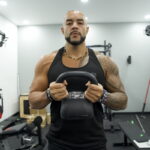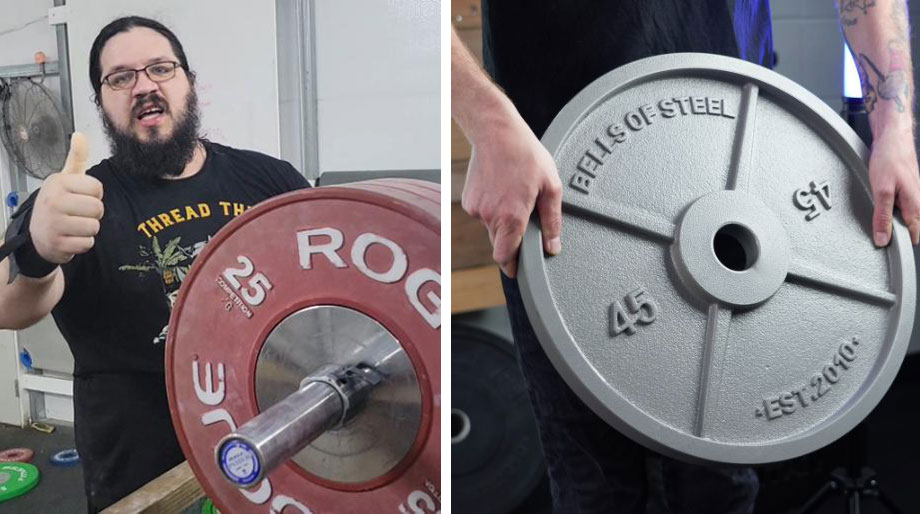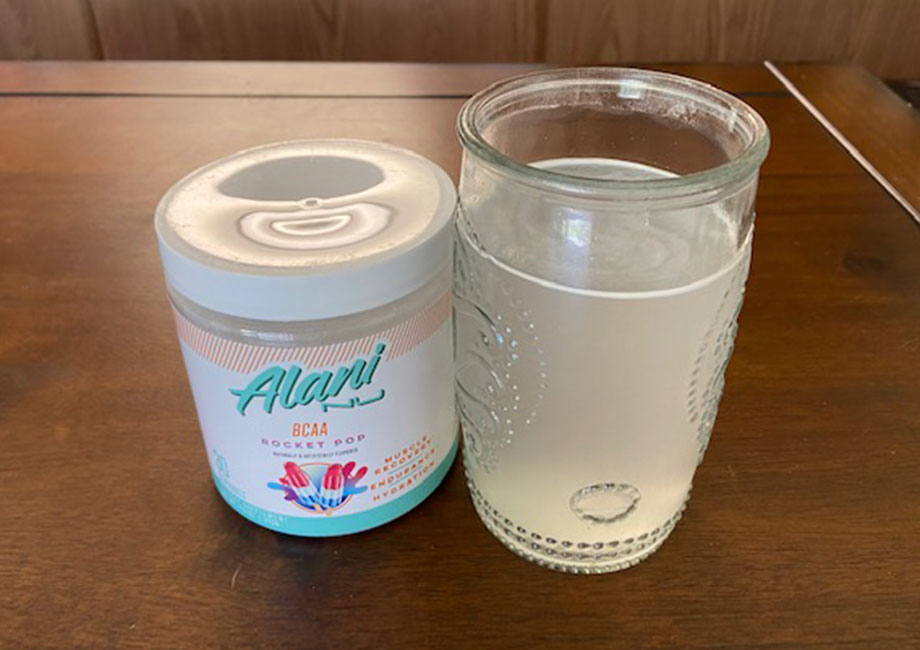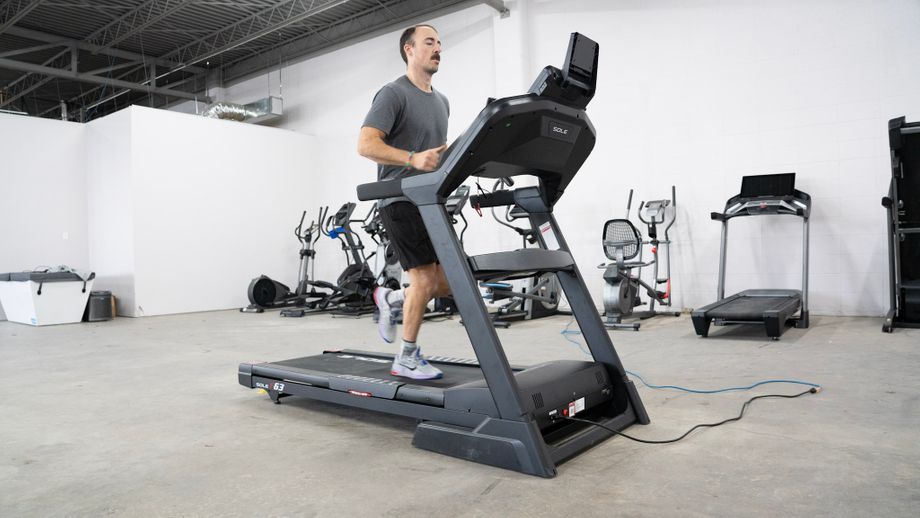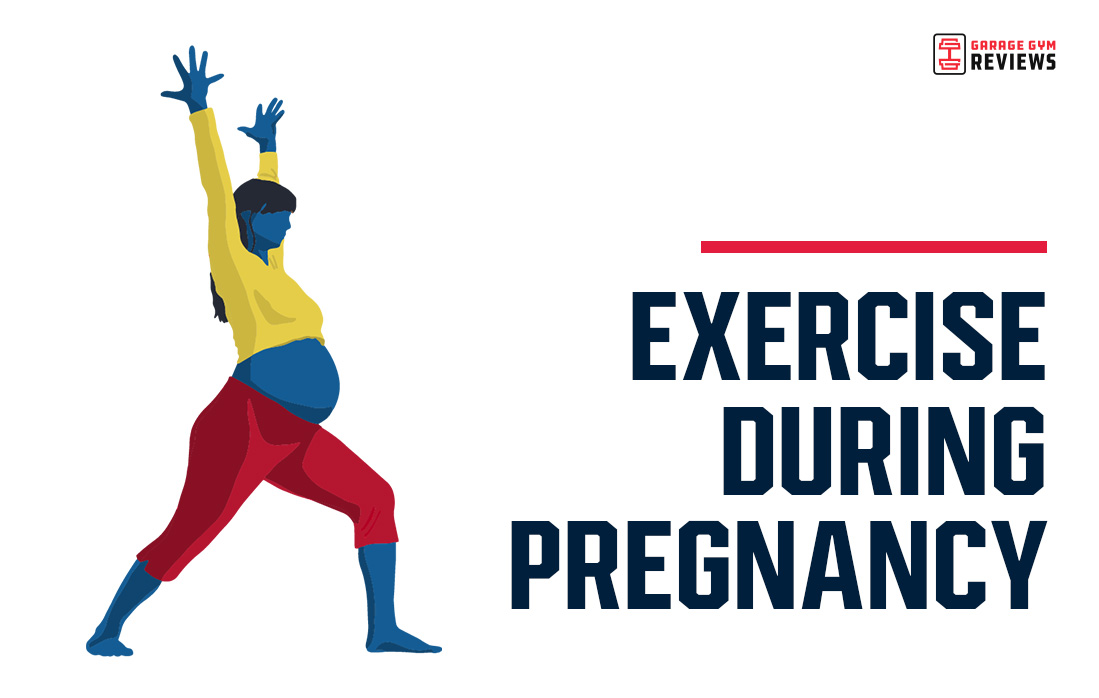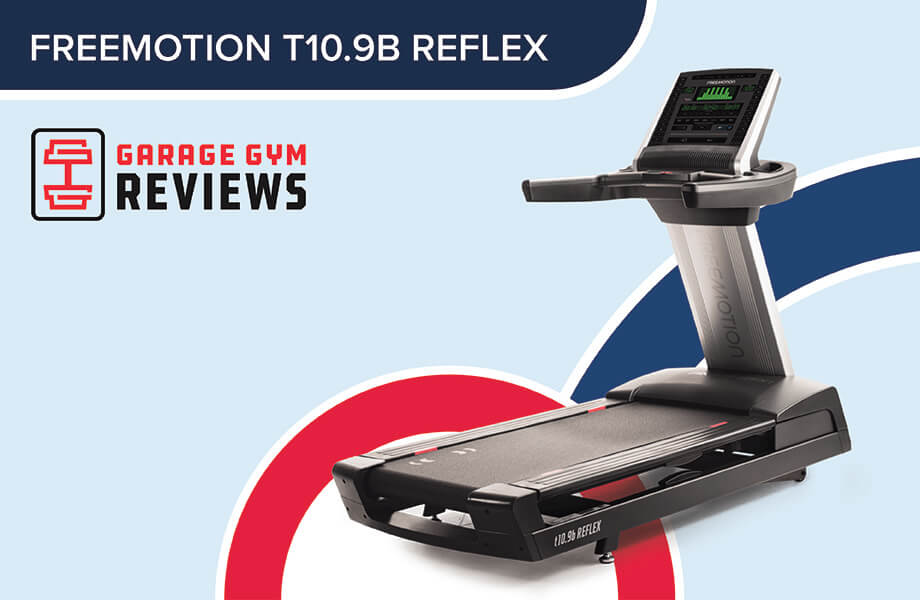Walk into a commercial gym and it won’t take long to recognize the unmistakable bangin’ and clangin’ of metal weights moving around. However, a home gym usually falls on the opposite end of the sonic spectrum—at least outside of blasting your favorite playlist to stay motivated.
As a certified personal trainer (CPT) who’s worked in commercial gyms, I can appreciate the old-school look, feel, and sound of iron plates. Yet as a home gym owner, I can also vouch for the functionality, durability, and safety of bumper plates.
RELATED: Best Weight Plates
Since both heavyweights offer distinct pros and cons, I’ll break down the similarities and differences of each type of plate so you can choose the right match for your barbell. Will you become an #IronAddict? Or will your lifting experience be better with bumpers?
Quick Look: Bumper Plates Vs Iron Plates
Despite being a more recent addition to the evolving world of fitness equipment, bumper plates continue to surge in popularity. Part of that has to do with the growth of the home gym community, as novice and advanced lifters have learned to appreciate bumpers’ durable, less-noisy design.
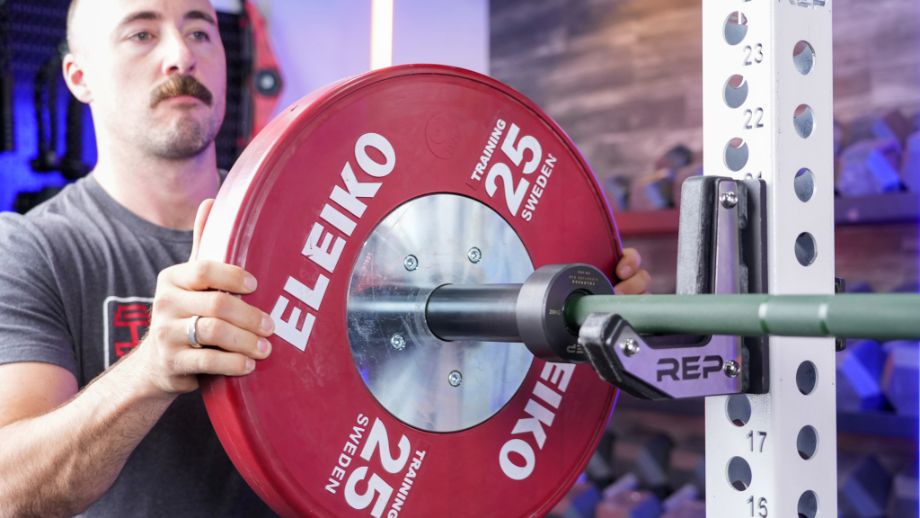
Still, you’ll find plenty of beat-up and freshly minted iron plates in both commercial and home gyms. Bodybuilders, powerlifters, and many professional athletes have relied on metal weight plates for decades to sculpt strong, powerful physiques and improve their overall athleticism.
Bumper Plates Vs Iron Plates: Comparison Chart
| Bumper Plates | Iron Plates | |
| Material | High-density rubber with steel inserts | Cast iron or solid metal |
| Durability | Highly durable, made to be dropped | Durable but can damage floors or crack if dropped |
| Cost | More expensive | More affordable |
| Noise | Quieter, absorbs impact | Louder when used/dropped |
| Uses | Olympic weightlifting, CrossFit, functional fitness | Powerlifting, bodybuilding, general strength training |
| Weight tolerance | Usually within 2%-3% | Varies, usually within 2% |
| Color-coding | Standardized for competition plates | Usually not color-coded unless for competitions |
RELATED: Equipment for Olympic Weightlifting
Who Should Use Bumper Plates
- CrossFitters: The high volume of Olympic lifts and functional movements makes bumper plates necessary for CrossFit enthusiasts.
- Olympic weightlifters: Between the clean and jerk and snatch, you have two staple movements that require dropping a barbell from overhead. Bumper plates absorb impact and can create a low bounce, making them ideal for Olympic weightlifters.
- Beginners and novice lifters: Inexperienced lifters should use bumpers since they provide a safer training experience, as you can drop them without causing nearly as much injury or damage.
- Functional fitness enthusiasts: Anyone who enjoys high-intensity interval training (HIIT) or cross-training should make bumpers their plate of choice.
- Most home gym owners: Between protecting your floor and avoiding excessive noise, why wouldn’t you go with bumper plates vs iron plates?
RELATED: Best Bumper Plates Guide
Who Should Use Iron Plates
- Powerlifters: The thinner profile of iron plates makes them well-suited for going as heavy as possible when training the squat, deadlift, and bench press.
- Bodybuilders: Bodybuilders and physique-focused athletes don’t typically perform many exercises that require dropping the weights. Metal plates can be loaded in smaller increments for progressive overload—a key driver of hypertrophy.
- Strength athletes: The precision of iron plates and the ability to load more of them on the bar make them a solid choice for strongmen/strongwomen and similar strength-based athletes.
- Advanced lifters: Gym-goers who are used to handling heavy weights may prefer iron plates for their accuracy and load capacity. Plus, some lifters simply prefer the old-school look and feel of iron or steel plates.
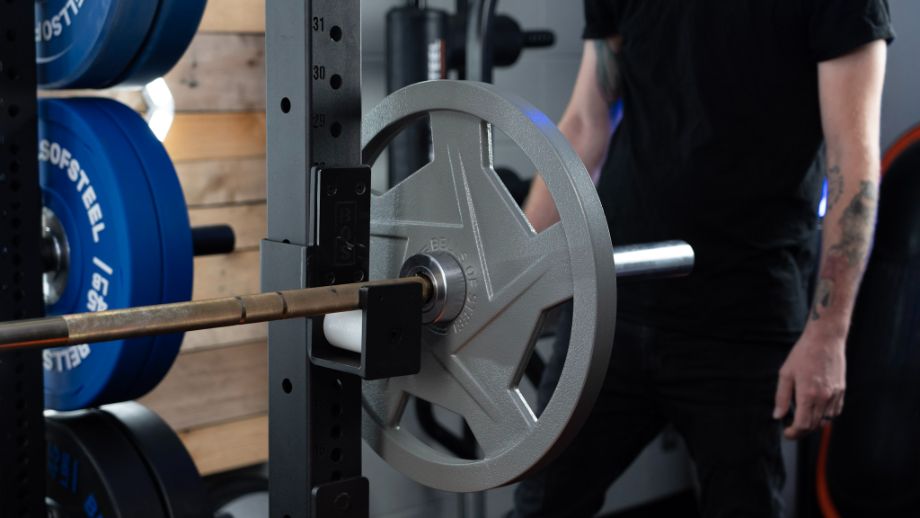
RELATED: Rogue Calibrated Steel Powerlifting Plates Review
Bumper Plates Vs Iron Plates: What Are They?
When I first started lifting weights as a high school football player, I’ll admit I was a bit intimidated by the sound of metal on metal. Back then, you’d be lucky to find rubber-coated iron plates—let alone bumpers. Still, iron plates remain a staple in many commercial gyms two decades later, as they’ve been utilized for years by bodybuilders, powerlifters, and other lifters looking to build size and strength.
Yet with Olympic weightlifting, CrossFit, and other forms of functional fitness requiring a more durable, drop-friendly option, bumpers have become the go-to choice for more and more athletes and home gym enthusiasts. But what exactly separates these two types of plates?
Let’s take a closer look.
Bumper Plates Overview
Introduced to the Olympic weightlifting community in the ‘60s, bumper plates are solid rubber weights with a steel core. Designed to be dropped during overhead lifts, their density is measured using a device known as a durometer. High-end bumpers—especially those used in competitions—will have a high shore hardness rating. They provide little bounce. When you’re lifting 300-plus pounds and dropping it from six-plus feet in the air, that’s a good thing, as it reduces the risk of losing control of the bar.
Be aware that some bumpers may have a slick, oily feel and an unpleasant smell upon arrival. The odor will eventually dissipate, but don’t be surprised if you’re hit with a strong smell out of the box.

Different Types of Bumper Plates
- Training bumper plates: Made of dense rubber or urethane, you’ll find these black bumper plates in most home gyms, CrossFit boxes, and even some commercial gyms.
- Competition bumper plates: Constructed from high-density, high-quality rubber or urethane, these plates are color-coded for easy identification and calibrated to exact specifications for weightlifting competitions.
- Hi-temp bumper plates: Made from recycled rubber with a steel insert, these versatile bumper plates are best suited for high-volume training and outdoor use due to their high degree of durability.
- Crumb rubber bumper plates: Made from recycled rubber, these plates have a softer, bouncier feel and are ideal for home gym owners with noise and floor protection concerns.
RELATED: Rogue Competition Bumpers Review
Iron Plates Overview
Iron plates have been the gold standard for decades. They’re one of the most straightforward pieces of gym equipment, with few frills or major design differences other than the coating and grip. Some iron plates feature a rubber coating for enhanced durability and reduced noise. Others are color-coded for competitions, with distinct markings in either pounds or kilograms.
Although they’re typically less expensive than bumpers, iron plates don’t offer the same level of versatility or durability.
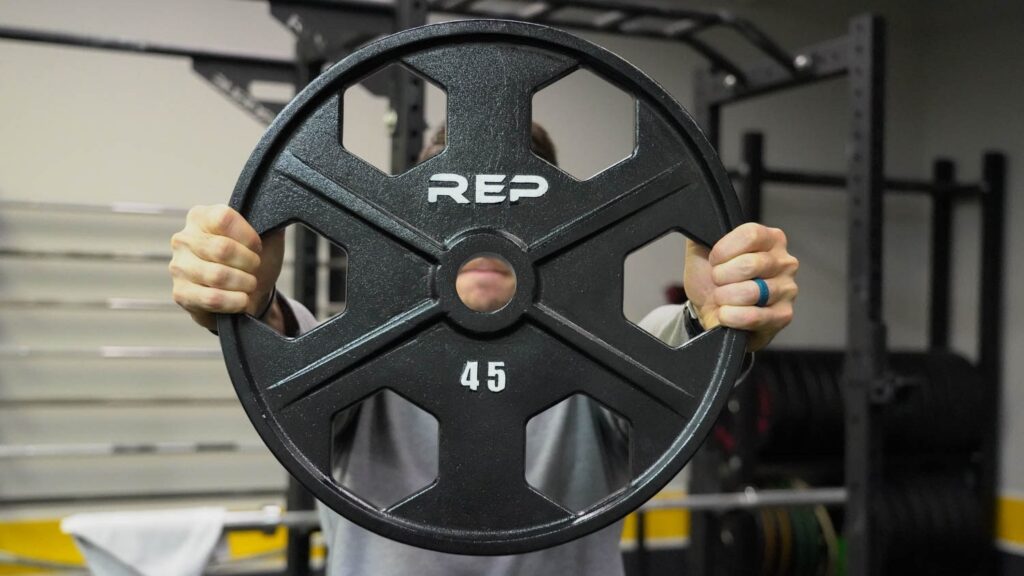
Different Types of Iron Plates
- Standard cast iron plates: Made of cast iron, you’ll find these basic iron plates in most commercial gyms.
- Olympic iron plates: Thicker and heavier than standard iron weight plates, Olympic plates are designed for use with Olympic barbells, which feature a two-inch diameter sleeve.
- Calibrated iron plates: Typically color-coded and thinner than standard plates, these plates are produced from high-quality cast iron with a strict weight tolerance for competitive powerlifting.
- Rubber-coated iron plates: A hybrid design featuring a cast iron core with a rubber coating, these plates can help reduce noise.
- Fractional iron plates: Small plates that allow lifters to make precise incremental weight changes.
RELATED: Olympic Weights vs Standard
Key Similarities Between Bumper Plates and Iron Plates
Whether you go for iron or rubber, you can expect some key similarities between either type of weight plate. Here’s what the two share in common.
Both Can Help You Build Strength and Muscle
Just like dumbbells vs. kettllebells, choosing between bumper plates and iron plates doesn’t matter if we’re solely looking at things from a muscle- and strength-building perspective. Both can help you create your ideal physique; it’s just a matter of preference. Focusing on compound movements and implementing progressive overload will allow you to accomplish your fitness goals no matter which type of weight plate you choose.
RELATED: How to Build Muscle
Both Are Compatible With Olympic Barbells
Luckily, you don’t need to buy separate barbells to accommodate each type of weight plate. Bumpers and most iron plates are designed with a two-inch diameter hole so you can seamlessly load them onto the sleeves of an Olympic bar. This shared compatibility removes one factor from your purchasing decision, as you can use either plate with your favorite bar.
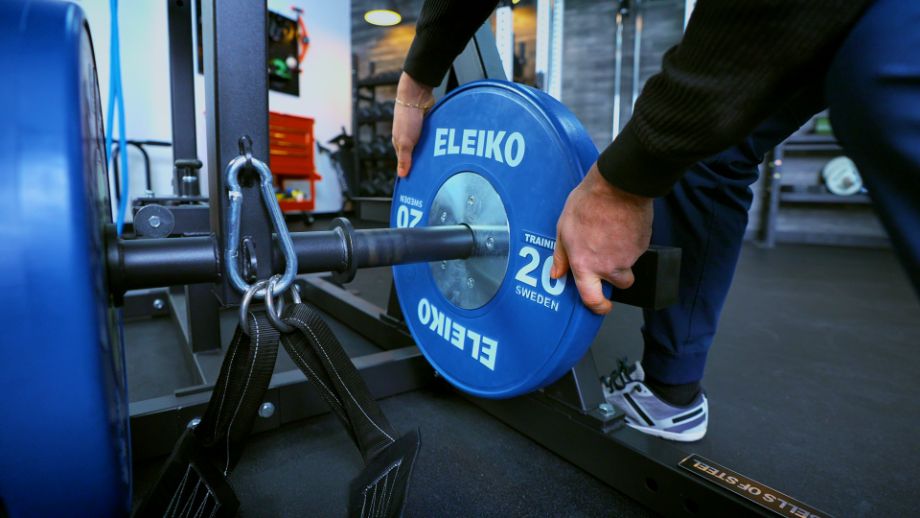
RELATED: Best Olympic Barbell
Both Are Sold in Sets
No matter which material you choose, you can purchase a set of plates so you have ample training flexibility. Most manufacturers sell sets that typically include 10-, 25-, 35- and 45-pound varieties.
You can also expand your arsenal with extra pairs so you can make more specific adjustments. Of course, that’s why a squat rack with weight storage pegs or a plate tree is particularly important for keeping all your plates organized.
RELATED: Best Plate Tree
Important Differences Between Bumper Plates and Iron Plates
Although they’re both built to fit on a barbell, bumpers and iron plates have marked differences that make them better suited for specific purposes.
Noise
Bumpers are undoubtedly quieter than their iron-crafted cousins. Depending on their shore hardness, they can produce anything from a muffled thud to a nearly noiseless lifting experience. On the other hand, drop an iron plate on an uncovered floor and you’re bound to hear a loud bang—and possibly a cry for help if it caught someone’s unsuspecting foot.
Durability
There’s no doubt that bumpers are far more durable than iron plates. Made of rubber and designed to be dropped, they can withstand a significant amount of punishment.
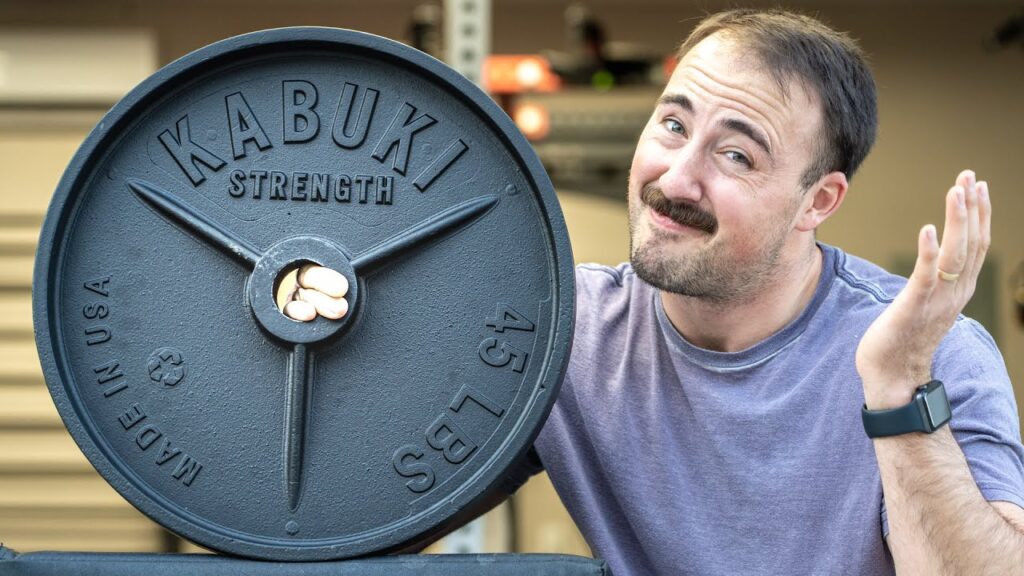
On the other hand, letting a metal plate slip from your grasp can quickly cause it to transform from a useful piece of gym equipment to an expensive and awkwardly sized paperweight.
Safety
Again, bumpers easily take home the crown in this all-important category. While dropping a 45-pound rubber plate on your foot may still lead to an injury, it’ll be far less severe than dropping a metal version of the same weight. From a safety perspective, I’d recommend bumpers all day, every day over their metal counterparts.
Ease of Storage
Iron plates own the advantage over bumpers from a storage standpoint—at least in some aspects. First, they’re thinner, so you can fit more of them on the weight pegs on your power rack. Plus, standard weight trees, racks, and plate holders are typically made for iron plates.
Meanwhile, bumper plates require more specialized storage solutions to accommodate their bulkier design. If you already have limited room in your garage gym, space-saving solutions like a folding weight bench or a folding squat rack may help create more real estate to store your bumpers.
RELATED: Best Folding Squat Racks
How to Choose Between Bumper Plates Vs Iron Plates for Your Home Gym
Now that you’re familiar with the different varieties and uses, it’s time to decide whether to go bumper or iron. Carefully consider these factors before you purchase a single plate.
Budget
Although bumpers cost more upfront, they’ll provide a better long-term return on your investment. If money’s tight, you may have to consider iron plates for their more affordable price point. However, if I were putting together a home gym for the first time, I’d carve out some room in my budget for something like the Fringe Sport Bumper Plates. They’re built well and offer excellent value for the price.
RELATED: The Best Budget Home Gym Equipment
Training Style
Do you mostly stick with the big three lifts? If so, iron plates will work best. You can load more of them onto the bar, allowing you to go as heavy as possible during your training sessions.
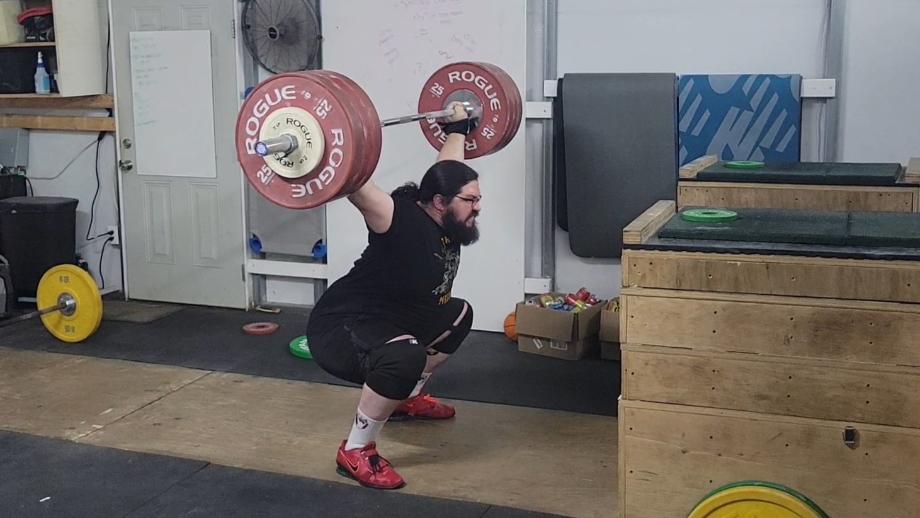
On the other hand, bumper plates represent a better option for just about every other style of training. Olympic weightlifters need bumpers to perform dynamic exercises like the clean and jerk and snatch that require dropping the barbell to the floor. CrossFitters also have similar needs for drop-friendly plates. Meanwhile, general strength training enthusiasts may still benefit from using bumpers simply because they’re more durable.
RELATED: 7 Types of Strength Training
Flooring
The type of flooring you have will dictate the type of weight plate you purchase. Obviously, using iron plates on a concrete garage floor or your driveway is a surefire way to throw money away. Even the most careful lifters would be asking for trouble trying to train with iron on such unforgiving surfaces.
If you’ve yet to install any type of gym flooring, your best bet is to go the bumper route. In fact, even if you’ve heeded our advice and covered your garage with horse stall mats, I’d still go the bumper route in most cases.
RELATED: Best Home Gym Flooring
Noise
Don’t want to get called out at your next HOA meeting? Avoid iron plates at all costs. Even if you’re on everyone’s good side, the sound of metal on metal will undoubtedly disrupt some deep sleepers and quickly cause tension between you and your neighbors.
You can avoid any unnecessary headaches (literally and figuratively) by going with bumpers. Their rubber design minimizes noise when dropped, moved, or lifted. They’re the ideal choice for home gym owners who want the flexibility to train early in the morning or late at night without bothering anyone in the neighborhood.
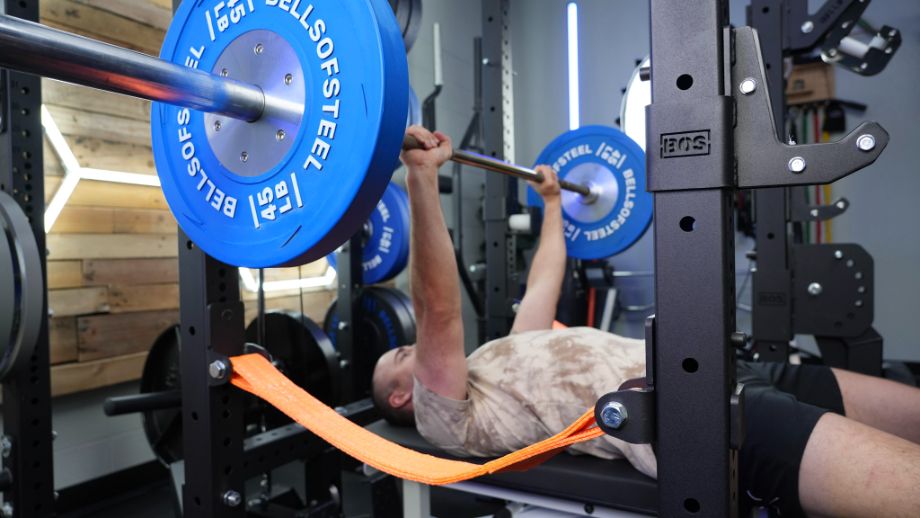
RELATED: How to Soundproof a Home Gym
Bumper Plates Vs Iron Plates: Final Thoughts
The battle between bumper plates vs. iron plates boils down to a few factors, namely your budget, training style, and home gym setup. If you can afford it, a basic set of bumpers will allow you to train without worrying about waking up your neighbors or messing up your floor. Plus, bumpers give you more creative freedom with your workouts, as you can perform exercises like power cleans and snatches that require a bounce-friendly plate.
While that doesn’t mean iron plates can’t work in a home gym setting, they’re certainly not as user-friendly. So, unless you solely stick to powerlifting, I’d start with a few different pairs (or a complete set) of bumpers and then round out your arsenal with some iron plates to give you the flexibility to fit more weight on the bar.
Bumper Plates Vs Iron Plates: FAQs
Are iron plates better than bumper plate
Iron plates are better for traditional strength training exercises and powerlifting due to their thinner profile, which allows you to fit more plates on the bar. However, they’re not ideal for Olympic lifts or CrossFit-style workouts that involve dropping weights on the floor, and they’re less versatile than bumpers.
What are the differences in noise and durability between bumper plates and iron plates?
Bumper plates are both quieter and more durable than their iron counterparts due to their rubber design. Iron plates make more noise and may chip or crack when dropped. They’re also susceptible to rust or corrosion if they’re not kept indoors or in a climate-controlled environment.
Are bumper plates worth it?
Bumper plates are worth it if you perform Olympic lifts or drop your weights frequently, as neither the plates nor your floor should suffer any damage.
What is the disadvantage of using bumper plates?
The main disadvantage of bumper plates is their thicker diameter, which limits the total amount of weight you can load on the barbell and may make them more difficult to store.
How do I choose between bumper plates and iron plates for my home gym?
As a home gym owner, I recommend buying a set of bumper plates, as this will give you the best combination of durability, versatility, and safety. Use iron plates if you focus on powerlifting and aren’t concerned about making noise or dropping your weights.

